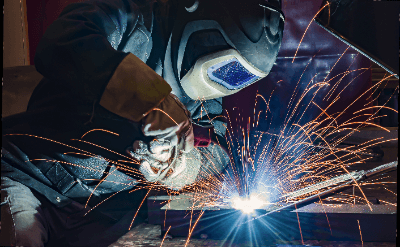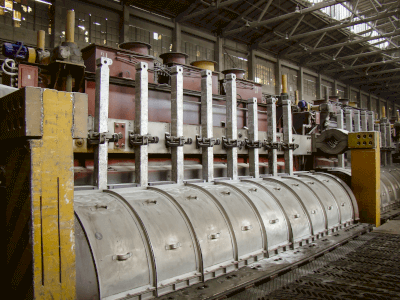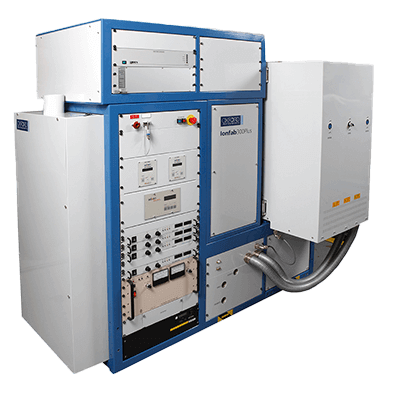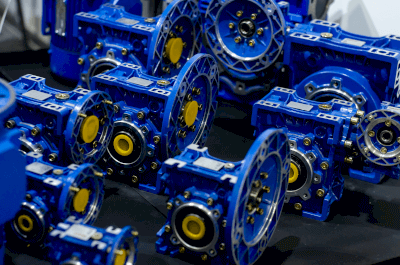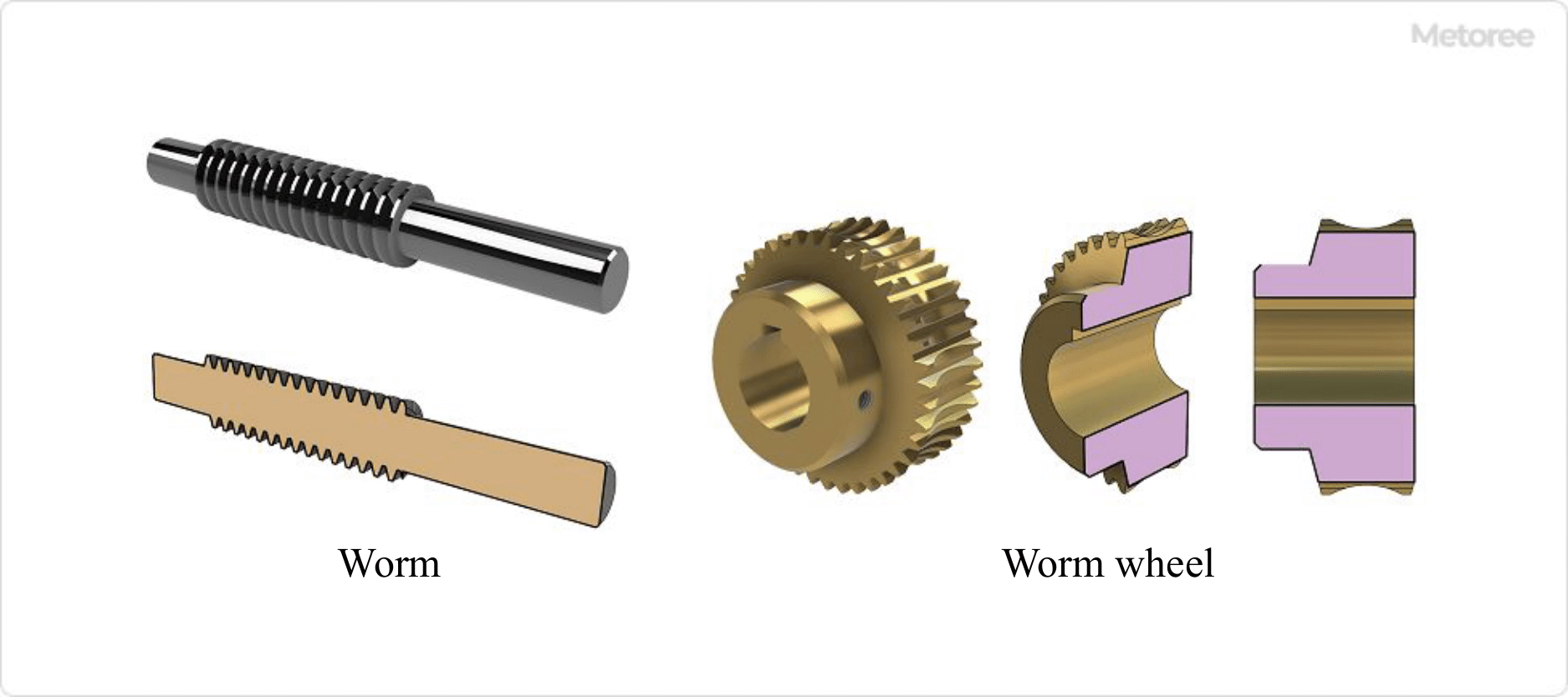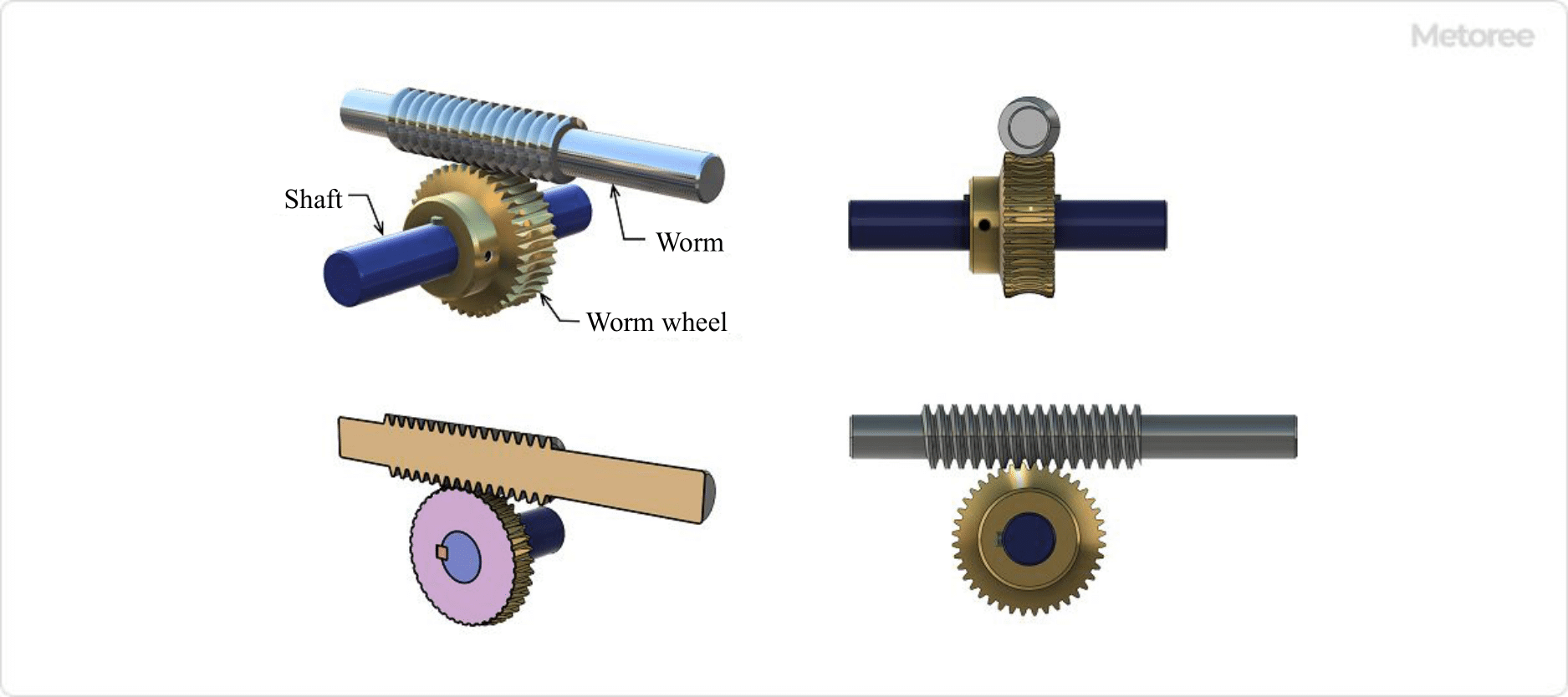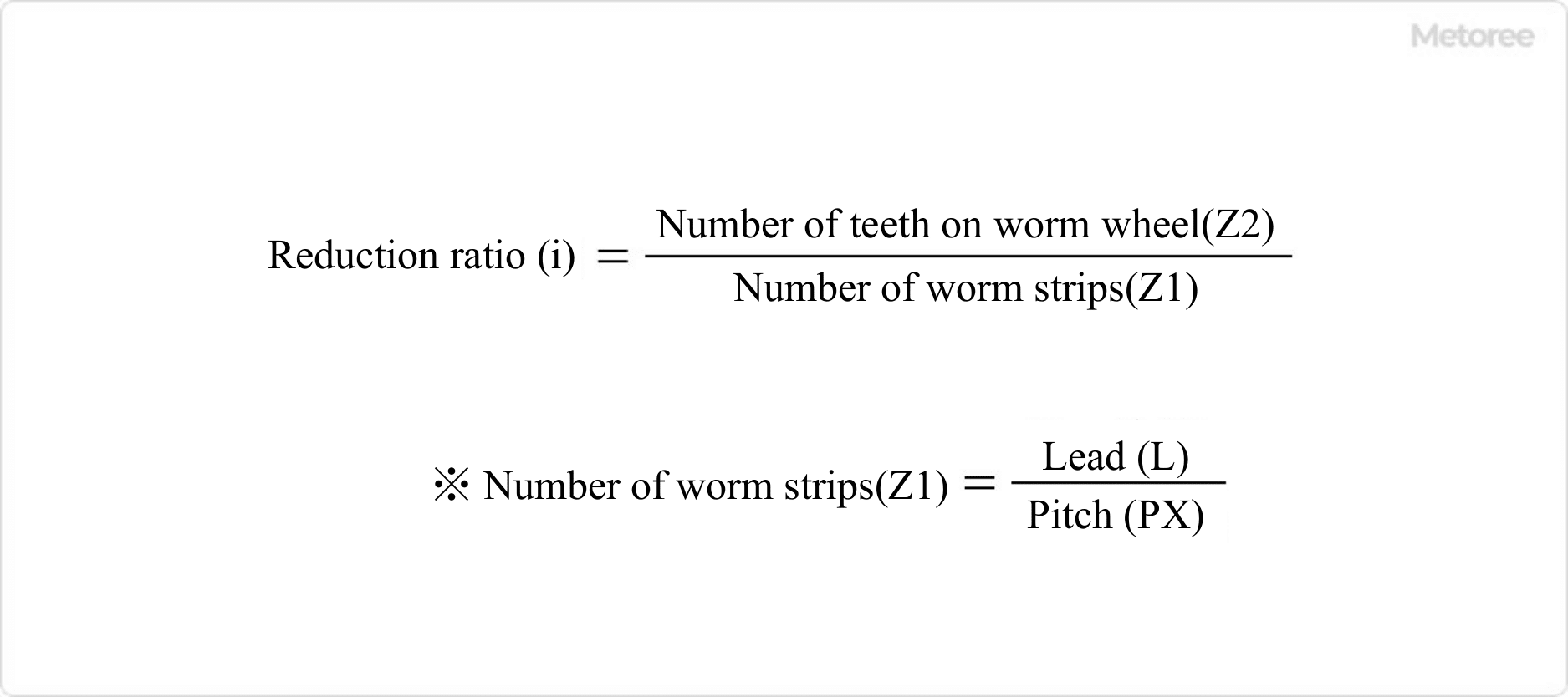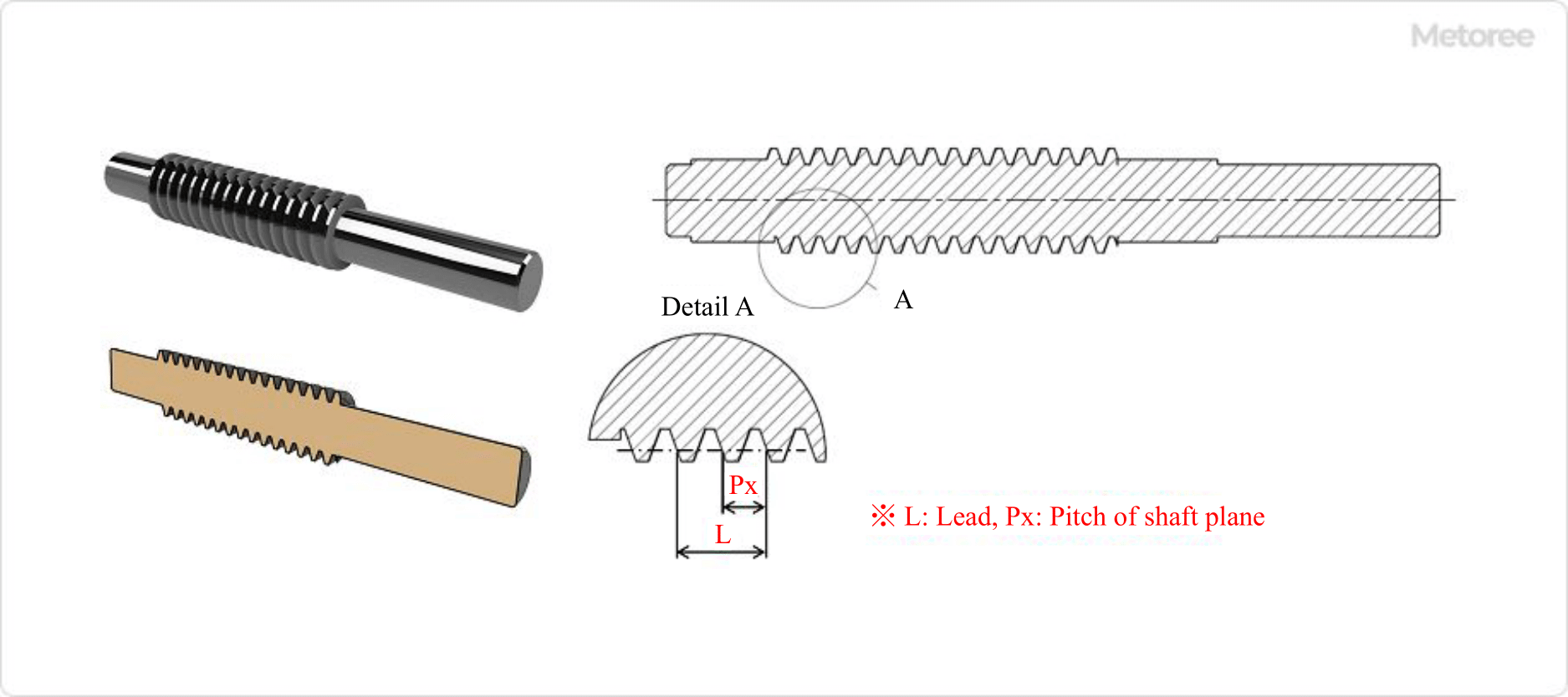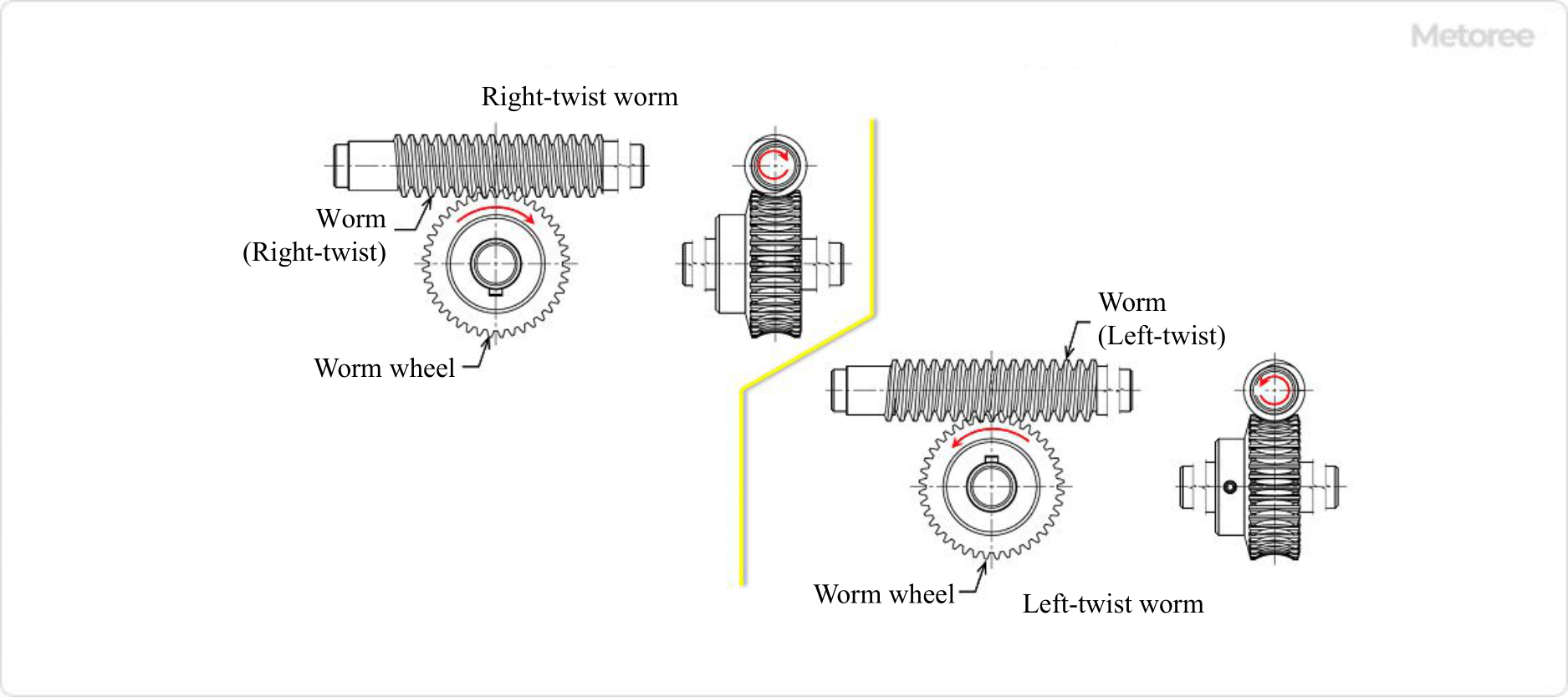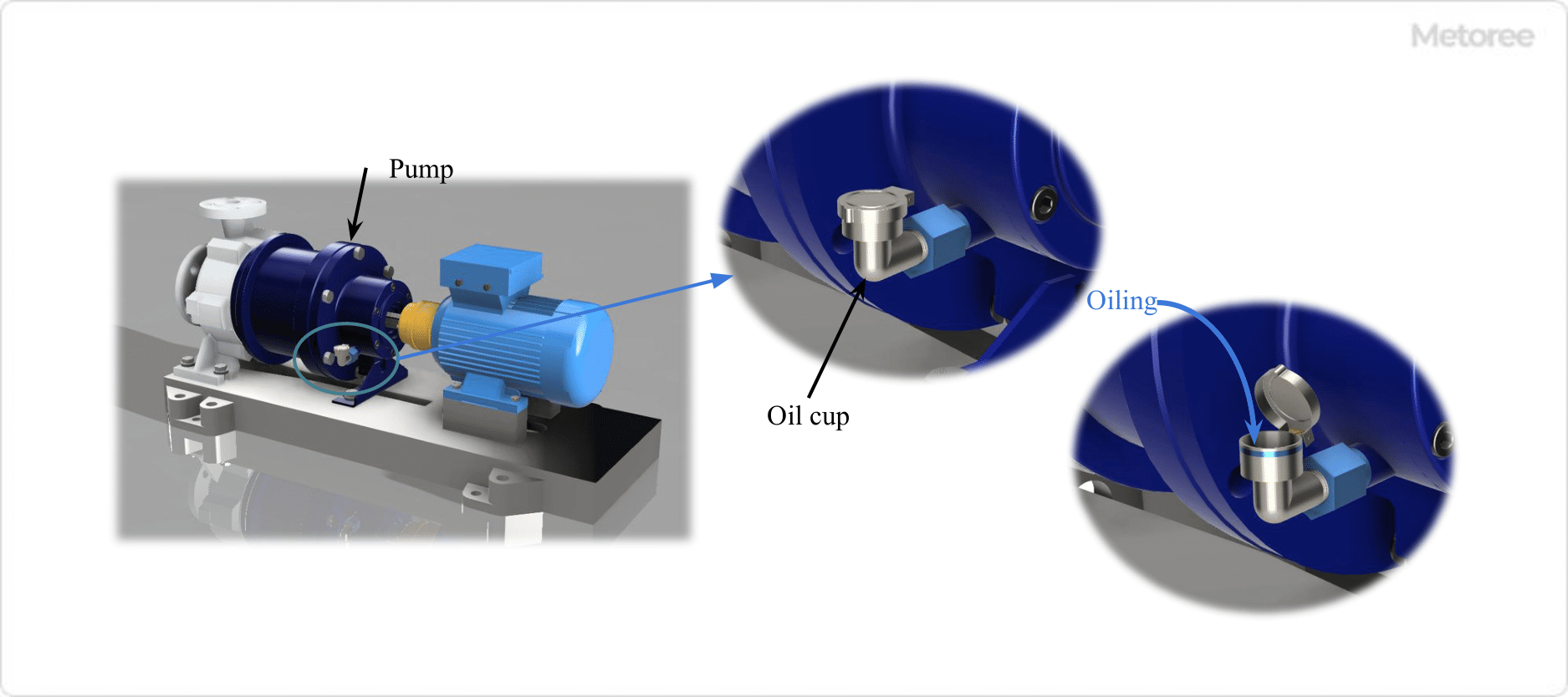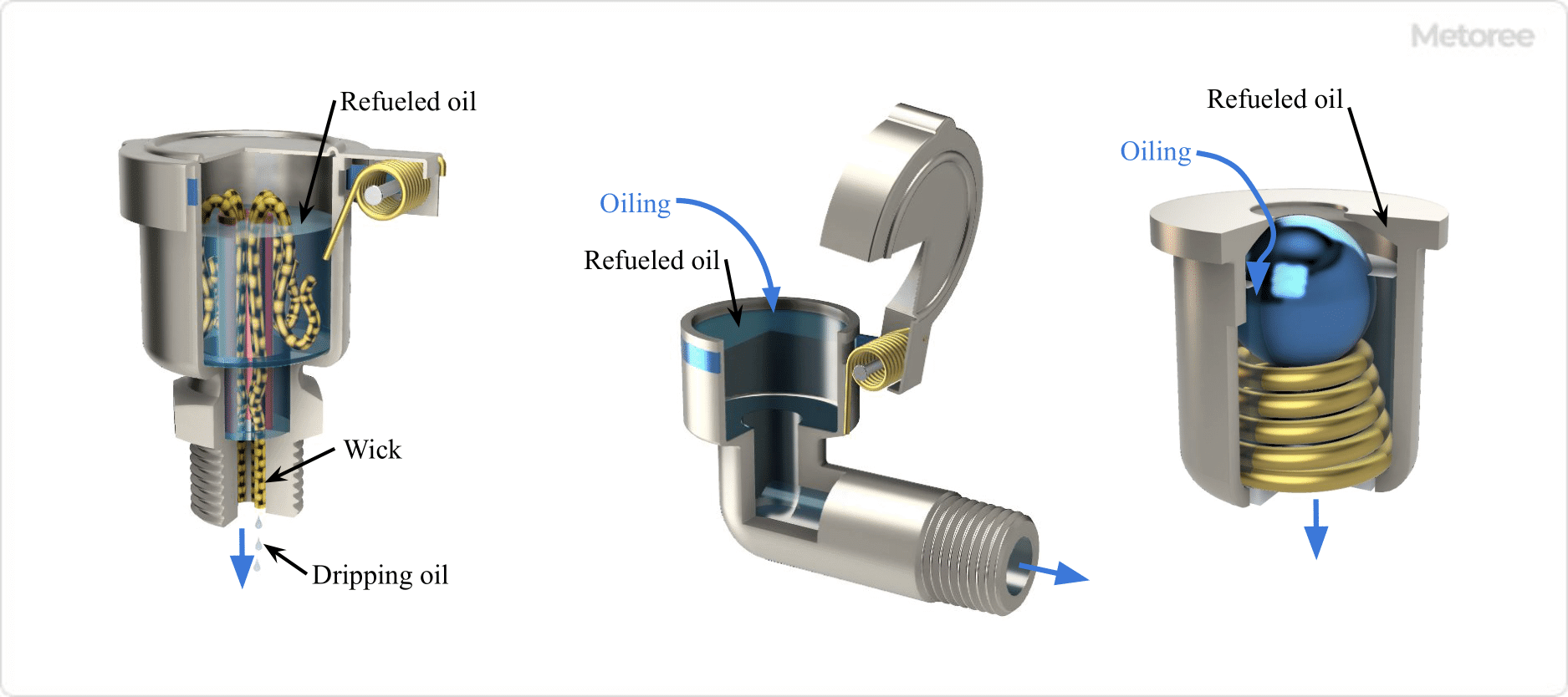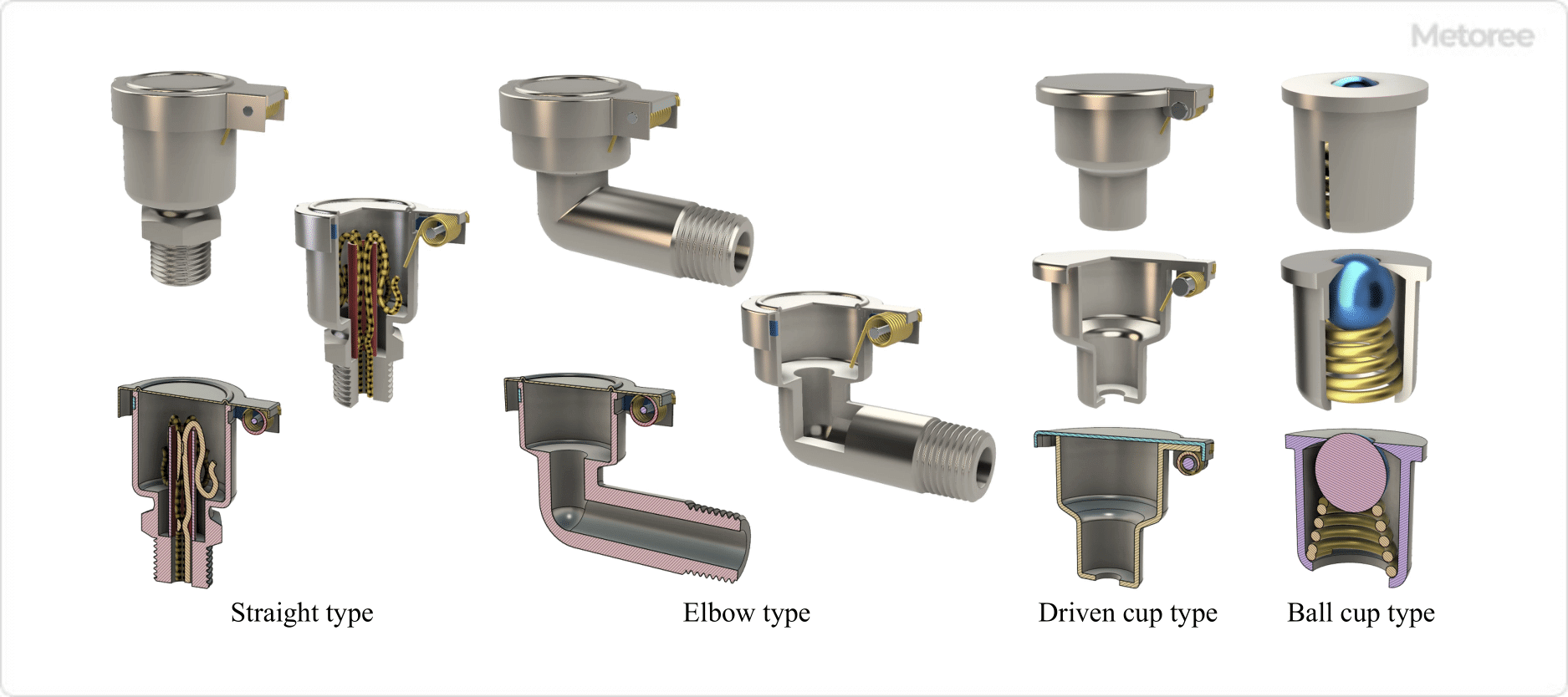What Is an RF Modulator?
An RF modulator is either a circuit block or a standalone external unit that converts baseband video and audio signals (AV signals) into RF signals (Radio Frequency: signals in the broadcast frequency band).
The signal connection configuration involves inputting the video and audio baseband signals to the RF modulator through a PIN terminal connector or other dedicated terminals. These signals are then internally converted and output via the RF coaxial cable.
Uses of RF Modulators
1. Game Machines
RF modulators were commonly used when video game consoles emitting AV signals were prevalent. These consoles output a baseband analog AV signal, typically connected to the TV’s video input terminal.
However, many affordable 14-inch TVs of that era lacked a video input terminal. To address this, console manufacturers developed RF modulators to complement their products.
2. Conversion Path for AV Output Signals
The process involves receiving the AV output from a video game console, connecting it to an RF modulator, converting it to an RF signal internally, and then linking it to the TV’s antenna terminal. By selecting the specified channel, the AV output signal, for example, from the NES, can be displayed on the TV.
Stand-alone external RF modulators are rarely used today and are no longer manufactured. They can only be found as used products online.
Principle of RF Modulators
An RF modulator converts an input baseband AV signal into a specified broadcast wave signal. It does this by converting the video and audio signals to different levels and then applying frequency modulation. This enables the use of CRT or LCD TVs, which lack a video terminal and cannot receive terrestrial or BS digital broadcasts, to display these broadcasts.
To receive digital broadcasts, an external, standalone tuner capable of receiving terrestrial and BS digital broadcasts is necessary. This is also feasible with HDD recorders and DVD/BD recorders.
These devices typically include at least one terrestrial and one BS digital tuner. Some also have analog AV output terminals. The terrestrial and BS digital broadcast AV signals output from these recorders are fed into the RF modulator, where signal conversion occurs. By connecting the RF signal output to the RF terminal of CRT or LCD TVs, digital broadcasting can be viewed on these TVs.
Other Information on RF Modulators
1. Baseband
Baseband refers to the range of information signals in a communication device before modulation or demodulation and before conversion into broadcast frequency band signals by an RF modulator. The method that utilizes signals without modulating the data and without frequency conversion is known as the baseband method.
2. Alternative Method to RF Connection
RF modulator connections can distribute video and audio to multiple TVs and speakers using an antenna with a booster or antenna distributor. This method was also used for in-school broadcasting systems.
However, with the transition to digital broadcasting, digital in-school systems employing the ISDB system, identical to digital terrestrial broadcasting, are increasingly common. Additionally, systems utilizing an intra-school LAN and STB (set-top box) are also being adopted.
